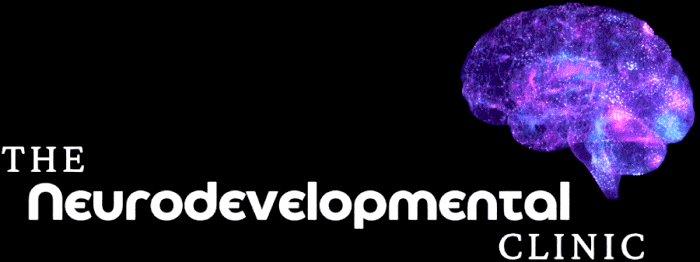What is Attention Deficit Hyperactivity Disorder (ADHD)?
ADHD is a neurodevelopmental condition that affects attention, impulsivity, and hyperactivity.
While commonly associated with children, it is estimated that up to two thirds of children affected by hyperactivity disorders continue to have problems into adulthood, impacting daily life, relationships, education, and work.
It is not simply about being inattentive or overly energetic—ADHD is a complex condition that varies widely between individuals.

